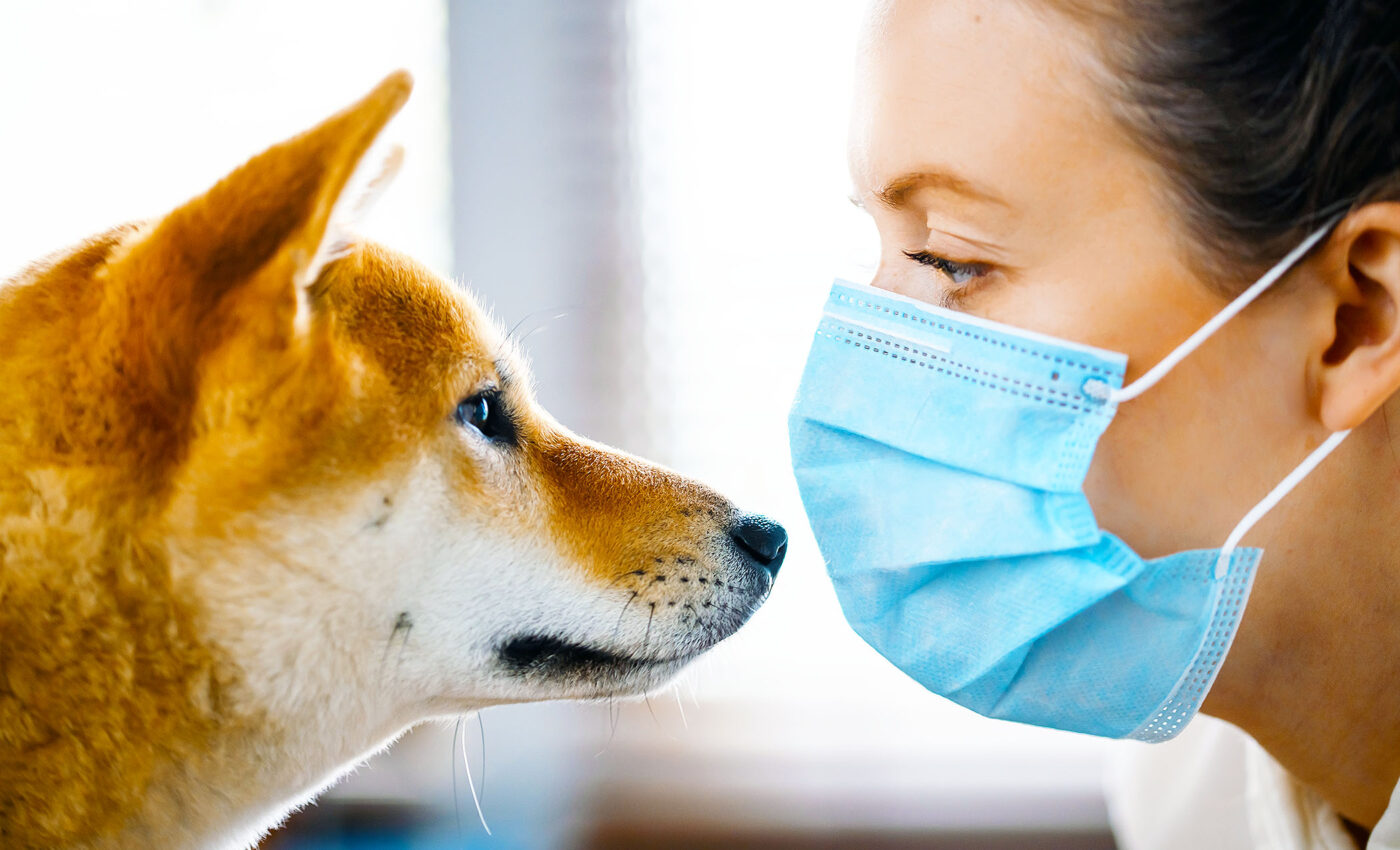
Scent dogs are better than lab tests at detecting COVID-19
In an intriguing revelation that could change the face of disease detection, a new study reveals that scent dogs could be a cheaper, faster, and more efficient tool for detecting COVID-19. This method may outperform existing tests, including the widely used RT-PCR, and could become an invaluable tool for future pandemics.
The research review, published in the Journal of Osteopathic Medicine, sheds new light on the uncanny ability of dogs to recognize diseases. Remarkably, dogs devote one-third of their brains to processing scent information. In contrast, only five percent of the human brain is dedicated to smell.
Medical scent dogs are trained to identify specific volatile organic compounds that our bodies produce during an illness. This impressive ability has been successfully utilized in the past to identify patients with conditions such as certain cancers, Parkinson’s, and diabetes.
Focus of the review
Professor Tommy Dickey from the University of California, Santa Barbara worked with Heather Junqueira from BioScent Detection Dogs. They examined 29 studies that used dogs to detect COVID-19. The studies involved over 31,000 samples, employed over 400 scientists from more than 30 countries, and featured 19 different breeds of dogs.
Detection methods varied among the studies. Sometimes, dogs would sniff people directly – often in public places for health screening. Other times, dogs would analyze patient samples, including sweat, saliva, or urine.
Phenomenal detection capabilities of scent dogs
In most of these studies, the sensitivity of scent dogs in identifying COVID-19 cases were comparable or superior to the currently recognized gold-standard RT-PCR tests or antigen tests.
One study, in particular, illustrated the phenomenal detection capabilities of these scent dogs. Four dogs were able to identify the equivalent of less than 2.6 x 10−12 copies of viral RNA per milliliter. This small amount is a precision equivalent to identifying one drop of an odorous substance dissolved in ten and a half Olympic-sized swimming pools. Astonishingly, this level of accuracy is three orders of magnitude better than modern scientific instruments.
Remarkable accuracy detecting COVID-19
The scent dogs were not limited by the symptomatic status of the patients either. They were able to detect COVID-19 cases whether the patient was symptomatic, pre-symptomatic, or asymptomatic. The scent dogs could even identified new COVID variants and long COVID.
The speed at which these dogs could provide results, taking mere seconds to minutes, is significantly faster than conventional diagnostic approaches. Furthermore, this approach requires no expensive lab equipment and generates no plastic waste, making it an environmentally friendly option.
“Although many people have heard about the exceptional abilities of dogs to help humans, their value to the medical field has been considered fascinating, but not ready for real-world medical use,” said Professor Dickey.
However, after conducting this comprehensive review, Professor Dickey believes that “scent dogs deserve their place as a serious diagnostic methodology that could be particularly useful during pandemics, potentially as part of rapid health screenings in public spaces. We are confident that scent dogs will be useful in detecting a wide variety of diseases in the future.”
More about dogs’ sense of smell
Dogs have an incredibly powerful sense of smell, far superior to humans. This is due to a combination of factors. They include the number of scent receptors they have and the part of their brain that is dedicated to analyzing smells.
To give you an idea of how much better a dog’s sense of smell is, consider this analogy. Humans have about six million olfactory receptors, while dogs have up to 300 million, depending on the breed. This means dogs can detect odors at concentrations nearly 100,000 times lower than humans can.
Also, the part of a dog’s brain that analyzes smells is, proportionally speaking, 40 times greater than ours. This means they can analyze and differentiate smells in much more detail.
This ability has been put to use in a number of ways. For example, dogs can be trained to sniff out drugs, explosives, missing people, and even certain diseases, such as cancer.
It’s also thought that dogs use their keen sense of smell to recognize their owners and other familiar people. They maintain this ability even if they’ve been apart for some time. Their sense of smell also helps them navigate the world, understand their territory, and communicate with other dogs.
However, while dogs have a powerful sense of smell, it works differently than ours. While we might smell a stew as a single scent, a dog could potentially differentiate the individual ingredients. This is why dogs can be trained to detect very specific scents, even in a world full of smells.
So, while we may rely primarily on our vision, for dogs, the world of smell is probably as rich and complex as the world of sight is for us.
—-
Check us out on EarthSnap, a free app brought to you by Eric Ralls and Earth.com.













